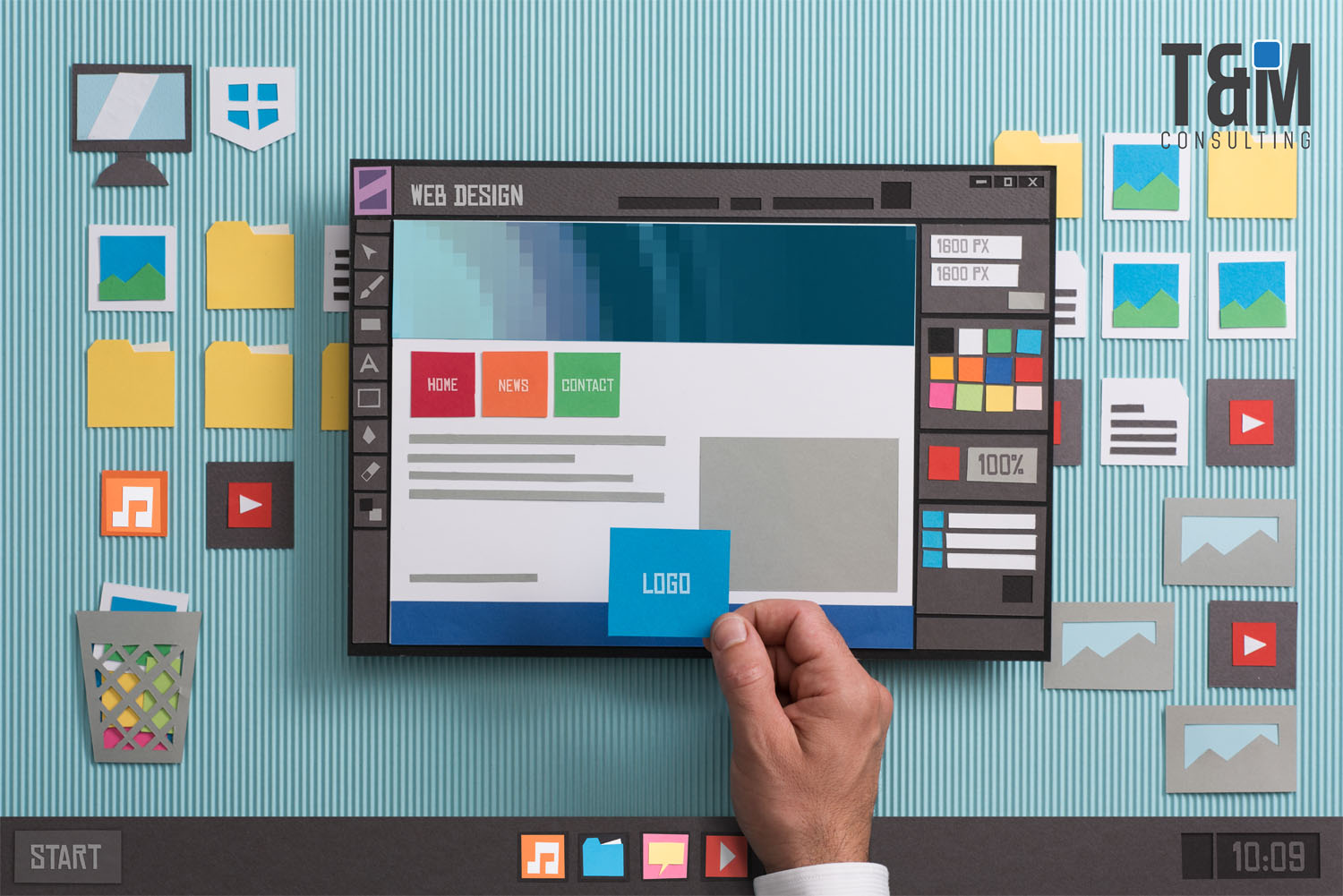Since a few years ago technological advances began to gain exponentially, the complex relationships between humans and technology have gone through different phases. Of the misgivings and reservations in the initial moments, when the fear of a robotic life raged among a large number of digital laymen, little by little we moved on to a growing approach. As two lovers who begin a relationship would do, people and machines are traveling that path of mutual knowledge with increasing confidence.
The transversal nature of the technological revolution is contributing to this. And it is that technology does not only reach work environments but flows digitally through all walks of life. It is present in our work but also in our home, in the way we enjoy our leisure, in the way we buy, travel or interact with our friends. And also, in the way we learn.
Technology has become a great facilitator of learning and a vital tool for the transmission of knowledge. Among his most outstanding contributions, he has eliminated all types of barriers, whether geographical, physical or temporary. Robots, machine learning, artificial intelligence, virtual and augmented reality, algorithms, holograms, 3D construction The applications of technology to teaching processes are innumerable and do not stop growing.
Technology allows the transmission process to be carried further, more people and more successfully. The extent of these limits is not only physical, but also cerebral. The use of new technologies in learning environments generates greater brain elasticity and an increase in neural connections. This increases the creative capacity of students, who are more likely to mix, connect, extrapolate and, ultimately, combine elements in a novel way to achieve different results.

